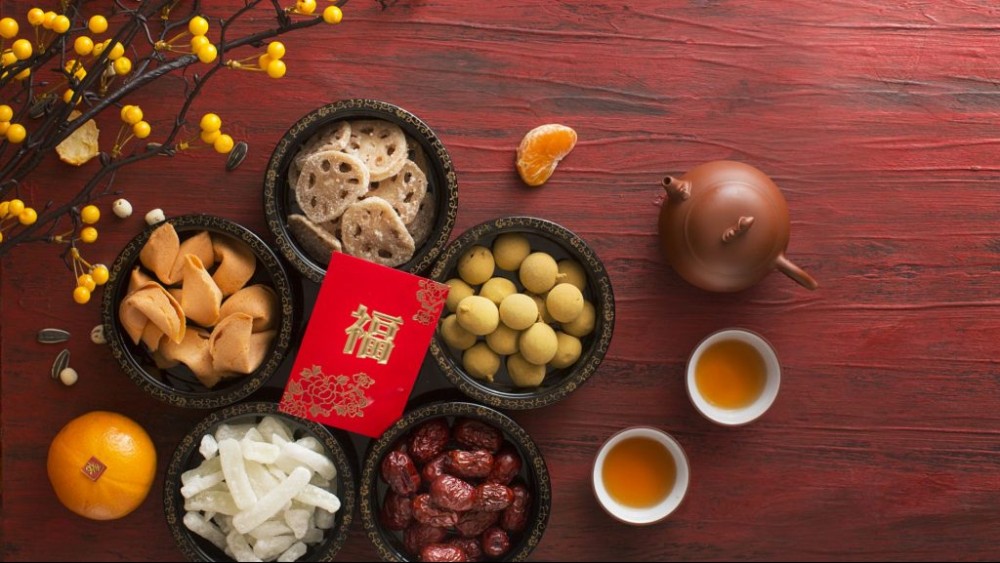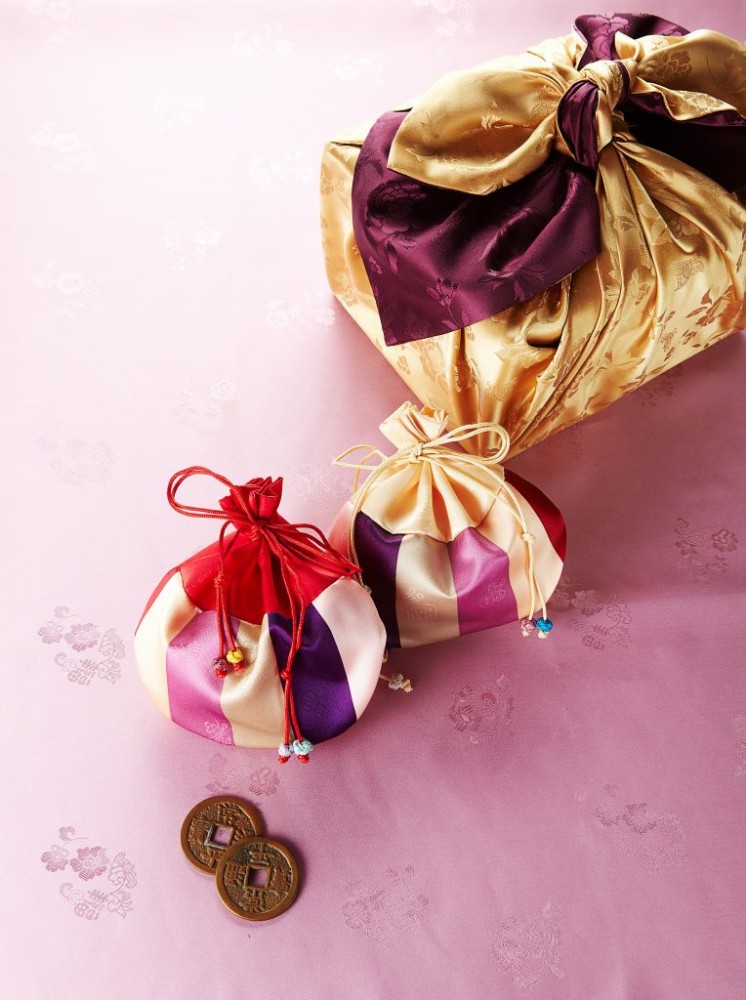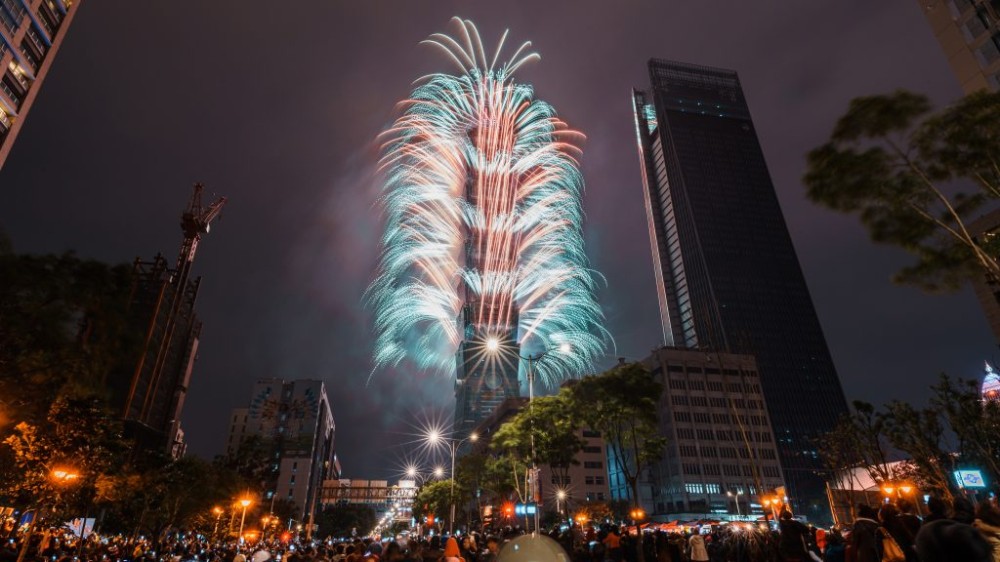Lunar New Year customs across Asia
Jan 22, 2023
Now that borders are open and most restrictions are lifted, we expect reunion dinners, the consumption of tang yuan dumplings, home visits and in-person lai see exchanges to happily resume in Hong Kong this Lunar New Year

While other countries largely celebrate the Spring Festival in a largely similar fashion, there are many other unique traditions from other communities for this festive period.
Singapore
If you have ever ushered in the Lunar New Year with Singaporeans, you’d know a popular tradition involves a group tossing a raw fish salad known as yusheng while uttering auspicious wishes for the coming year.
The characters for yusheng translate literally to ‘raw fish’, but sound similar to the homophones for “leftover abundance”. The consumption of fish during this festive period has its roots in Cantonese culture, but the modern version of this dish – strips of raw fish, crackers and a colourful assortment of shredded vegetables and condiments – is commonly attributed to the island nation.
Yusheng is commonly served on the seventh night, though one is allowed to serve it anytime from the start of the new year up till the 15th night. This marks the one occasion that you are encouraged to make a mess as the higher one tosses the salad, the more good fortune one is supposed to have.
Malaysia

The 15th night of the Chinese New Year is known as yuan xiao jie to some and the lantern festival to others (not to be confused with the mid-autumn festival though).
But in Malaysia, this evening is most popular referred to as chap goh mei (15th night in the Hokkien dialect). It is also known as Chinese Valentine’s Day there (again, not to be mixed up with the Qixi Festival later in the year which is also known as another Chinese V-day).
The reason for this romantic association is that on this particular evening, single girls were allowed to go out without a chaperone, giving them a chance to meet with potential suitors. A popular tradition is the tossing of mandarin oranges into a river or lake in the hopes their match will find them. Luckily, gender equality and the arrival of dating apps have removed the need and timeframe for this.
Also see: #legendevents: Rituals and The Fullerton Ocean Park Hotel lead wellness charge into 2023
Vietnam
Though Vietnam has a sizeable Chinese population, many celebrate the Lunar New Year as ‘tết’, also known as the Vietnamese New Year.
Special elements of their celebrations include the serving of a traditional cake known as ‘bánh chưng’, a square dumpling-like confection made of glutinous rice, mung beans, pork and other stuffing wrapped in a leaf. Vietnamese households also decorate their houses with hoađào (peach blossom blooms) or hoamai (the yellow Mai flower).
The tết celebrations are in the same time cycle as the Chinese New Year, as both follow the lunisolar calendar. However, Vietnam has its own zodiac cycle so the upcoming year will be the Year of the Cat.
Korea

Both North and South Korea celebrate seollal as one of the most important traditional holidays. The three-day of festivities start the day before the New Year. Like other cultures, it marks a time for familial visits.
This period is when you will see the hanbok being worn. After performing a formal bow, children will receive gifts in the form of money in bokjumeoni, colourful lucky drawstring pouches made of fabric. Some also burn daljip or ‘moon houses’ made of branches, a custom to wish for a good harvest ahead, on the night of the first full moon.
Typical cuisine served for the festivities includes tteokguk (rice cakes in broth), jeon (stuffed pancakes) and japchae (fried glass noodles).
Taiwan

Taiwan’s New Year celebrations are quite similar to its neighbours in terms of traditions. But some food items feature a bit more prominently in their festive offerings than other places.
Already famous as a Taiwan trademark, you’ll find pineapple cakes to be a staple when visiting friends and family there during the festive season. White turnips are also popular, as they are known as cai tao there. It is a homophone for “fortune”, since prizes won in competitions were commonly referred to as that.
Also see: Aman sanctuaries around the world to cross over to the Year of the Rabbit





























